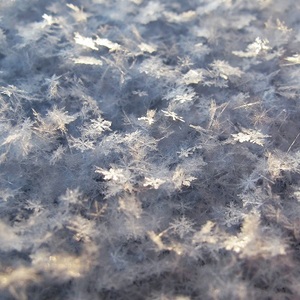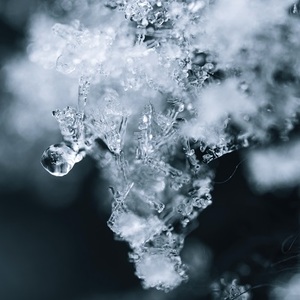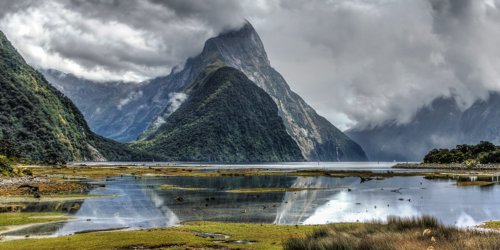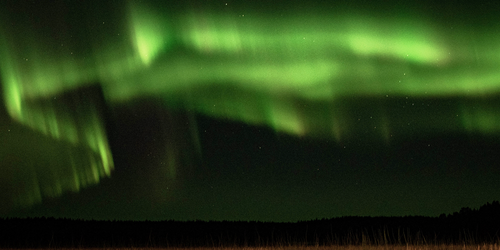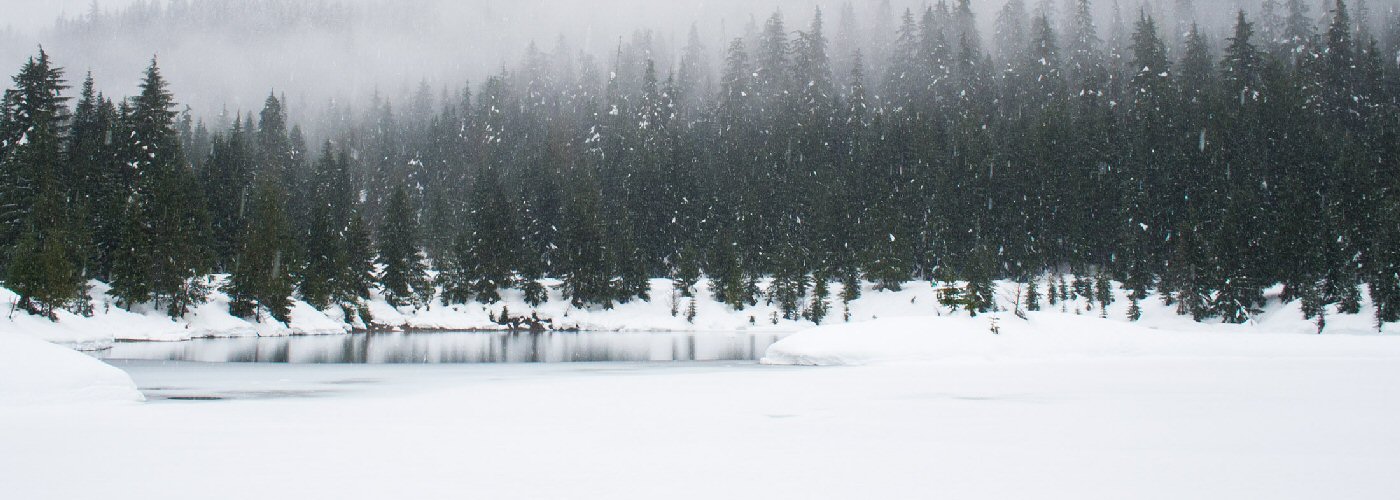

Ever notice after a heavy blanket of new snow how the world seems just a little bit quieter outside? In his poem, “The Snowfall Is So Silent,” the poet Miguel de Unamuno put it this way:
The silent snow comes down
white and weightless;
snowfall makes no noise,
falls as forgetting falls,
flake after flake.
It covers the fields gently
while frost attacks them
with its sudden flashes of white;
covers everything with its pure
and silent covering;
Recently, actual acoustic measurements have been taken of snow which lend quantitative credence to these sound muffling characteristics. According to a study from IBP in Germany, a sample of snow (which was 59% porous) had a sound absorption which ranged from 60-80% in higher frequencies from 500 to 2000 Hz.
The porous nature of the snow, with lots of air pockets in between the individual flakes or clusters of flakes, functions much like man-made sound absorbing materials, like foams and fibers. However, when snow goes through thawing and re-freezing, it can become more compact and even form ice. This can reflect and even enhance certain sound frequencies. That's why it is after a newly-fallen, fluffy (more porous) snow that it seems just a bit quieter outside; in the absence of wind, of course.
